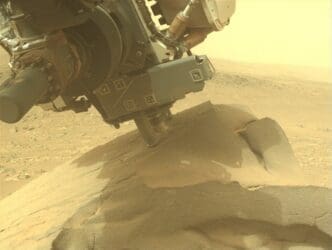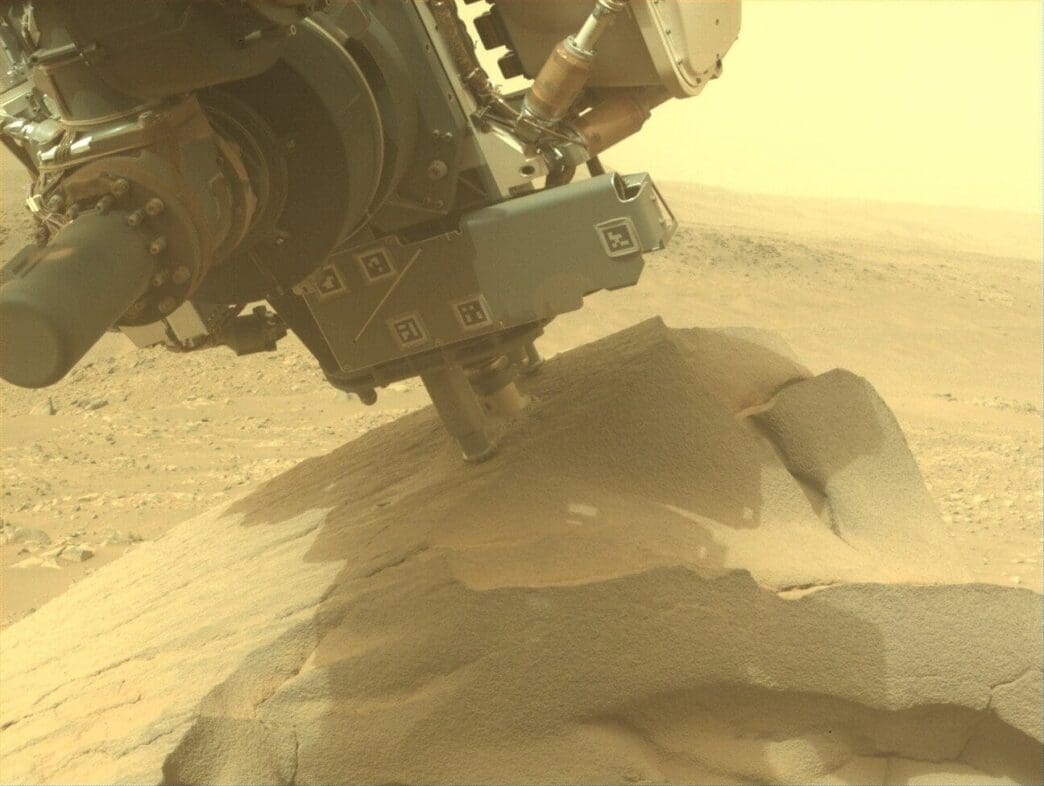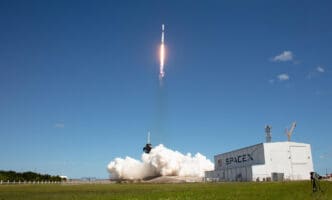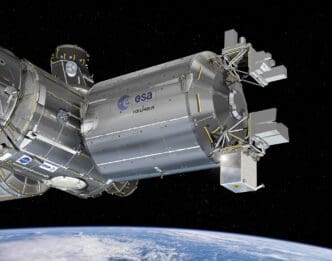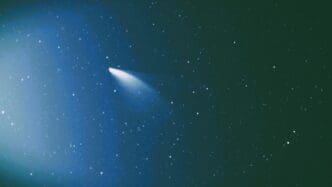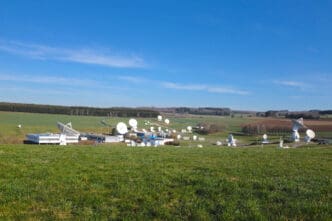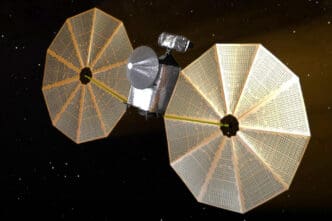Mars never takes a day off, not even on a Monday! On Sols 4450 and 4451, Curiosity Rover was up to some exciting activities on the Red Planet. The rover’s keen sensors and cameras were ready to capture the wonders of Mars once more.
The day was filled with scientific observations and careful maneuvering as Curiosity continued its mission. From capturing stunning views to analyzing interesting rock samples, every moment was packed with action. What’s not to love about a busy Monday on Mars?
Curiosity’s Morning Routine
As the first rays of the Martian sun emerged, Curiosity slowly awoke from its slumber. The rover follows a strict schedule to maximize efficiency. On this particular Monday, a spectacular day awaited as the rover prepared its tools for the tasks ahead.
The early plans involved checking the status of the equipment and ensuring everything was in top working order. This meticulous routine is crucial to a successful day on Mars, where every detail matters.
Navigating Tall Rocks
One of the highlights involved navigating between intimidating tall rocks. The path wasn’t easy, but the team on Earth carefully guided Curiosity with skill and precision.
Curiosity’s right-front wheel found itself perched precariously on some rocks. While it looked dramatic, the intrepid rover kept calm and analyzed the situation. The team decided to keep the arm stowed safely away.
Switching to Restricted Sols
Mars operations typically involve ‘nominal’ sols, including a full day of science work followed by a drive. However, things can change. Due to some downtime in Earth’s Deep Space Network, a switch to ‘restricted’ sols was necessary.
The transition meant adjusting the schedule, but that didn’t stop Curiosity from achieving its goals. The mission made the best of the situation, ensuring that the science continued uninterrupted.
There was still time for almost an hour and a half of remote sensing. Stereo images and laser shots were on the list of tasks, showcasing the technical prowess of the rover and its team.
Capturing Stunning Mosaics
As part of the day’s activities, Curiosity’s Mast Camera (Mastcam) embarked on a creative task. The goal? To capture stunning stereo mosaics of the surrounding landscapes.
A place of interest was Wilkerson Butte, situated to the north. The stereo images promised to reveal more about the terrain, offering new insights into Mars’s geological history.
Despite challenges, capturing these images was a priority. The mosaics serve not only as breathtaking photos but as important scientific data.
Chemistry with ChemCam
In the quest to uncover Mars’s secrets, the ChemCam was ready to fire its laser at a target known as ‘Carbon Canyon.’ The rock, situated in Curiosity’s workspace, held promises of revealing Mars’s past.
ChemCam was prepared for more than just laser work. It planned three RMI (Remote Micro-Imager) mosaics as well. Each mosaic would add to the story of Mars’s geological makeup, further expanding human knowledge about the planet.
Though contact science couldn’t proceed as hoped, the focus on chemical analysis ensured that vital data was still gathered.
Dust Devil Surveys
The second sol of the plan was packed with remote sensing activities. Among them were the ever-popular dust devil surveys, a staple in understanding Mars’s dynamic atmosphere.
While Martian dust devils swirl and dance across the surface, Curiosity’s Navcam captured these fascinating phenomena. They offer clues about weather patterns and atmospheric conditions.
Gathering data on dust devils isn’t just visually captivating. It provides critical insights into Mars’s environment, aiding future exploration efforts.
Driving to Stability
The drive on Sol 4450 aimed to find a more stable spot, away from the treacherous rocks. The team hoped to reach this location by Wednesday, allowing safe contact science.
Navigating Mars demands careful planning and precision. The hazards are many, but Curiosity’s mission operations team is prepared for every challenge. Safety and science go hand in hand on these missions.
Autonomous Rover Decisions
A key feature of modern rovers like Curiosity is their autonomous decision-making capability. On the second sol, the rover autonomously selected a piece of bedrock for analysis.
This autonomy is a pivotal advancement, enabling the rover to make quick decisions based on data collected. It’s like having a mini scientist on wheels, ready to adapt.
While Curiosity’s human team is essential, this autonomy provides an edge in fast-moving environments.
Aiming for New Discoveries
Mars never ceases to amaze with its mysteries. Each sol brings new opportunities for discovery, and Mondas on Sols 4450-4451 were no different.
With ongoing scientific observations, from atmospheric studies to rock analysis, Curiosity is paving the way for future exploration. This work is critical in understanding the planet and preparing for eventual human missions.
Concluding a Busy Monday
As the Monday wrapped up, Curiosity had another successful day in its ongoing mission to explore Mars. Every task completed was a step forward in understanding the Red Planet.
And so, another Monday on Mars comes to a close, packed with achievements and new insights. With each sol, Curiosity brings us closer to unlocking Mars’s secrets.

